15 effective Ways to De-Clutter your home
Living a simple life with less stuff that you don’t really need sounds like a good idea every time you hear it, but if you’re like millions of other people, you always seem to find a reason not to do it.
Hopefully, you’ll be able to overcome whatever is preventing you from moving forwards with this process soon. Learning how to de-clutter and reduce the amount of cleaning and other upkeep required for your beloved home is one of the best things you could ever do with your time.
Don’t allow yourself to be overwhelmed at the start.

Perhaps it all becomes too much work for you in your mind before you even start, and you start feeling weighed down or apprehensive about the prospect of what lies ahead?
One of the reasons you may be feeling this way is that you are easily distracted. Working off a list is a good way to avoid this, and a list of 15 ways to de-clutter your home just happens to be the purpose of this article, so you’re in luck today.
One of the best times to begin your de-cluttering journey is during your annual spring cleaning. Keep a notepad nearby to jot down anything difficult to clean, such as elaborate ceiling lights.
Note: Before you begin your spring cleaning, purchase a roll of red stickers.
Take a few seconds while cleaning each item to categorise it:
(a) “I must have this item, I need it in my life” or
(b) “I could probably live without it.”
Place a red sticker on anything you end up categorising as (b); these are the items you’ll be selling, giving away to friends or family or donating soon. You will now only keep the items that were lucky enough to receive an (a) categorisation from you.
1. Switch to easy-to-clean light fixtures.

Simple light fixtures, such as down-lights, offer flexible, attractive, easy-to-clean, and low-maintenance options for your home. Downlights have the added benefit of concealing ceiling flaws, which can be problematic in older homes. Downlights are an excellent lighting option for low ceilings because they are flush against the ceiling surface and have such a sophisticated and minimalist design. If you have a lot of basketball players in the family, they’ll be less likely to hit their heads on downlights, whereas they might have had to dodge previous low-hanging bulky light fixtures all the time.
Downlights work well to provide excellent lighting and do it in style, whether you use them for high traffic areas like entrances and hallways or for specific task lighting like cooking in the kitchen. Recessed downlights are great for highlighting particular aspects of artwork in your home or family photos on a feature wall. Downlights make it possible to display these treasured items in a focused soft amount of light that draws peoples attention to them.
Bookshelves, home libraries and expensive statement pieces of furniture will be able to stand out from the straightforward spotlighting that downlights can provide.
Downlights and a dimmers work together in harmony to let you change the lighting to fit the feel of the room you desire. Full lighting in a dining room accommodates a large family gathering while adjusting the dimmer switch transforms the space into a cosy, space to watch the latest movie on Netflix.
2. Replace internal window blinds with external Motorised roller shutters.

Some types of window blinds can be bulky, seem to constantly collect dust and challenging to keep clean and tidy. External motorised roller shutters are becoming increasingly popular. I believe this is due to their attractive, modern design and ease of maintenance. Cleaning your roller shutters is as simple as lightly hosing them off every now and then to keep them looking clean and tidy. At most, you should use a bucket, sponge, and soap to give them a light scrub twice a year.
3. Make the most of any available storage space in your home.

Adding Shelves to Existing Closets and Wardrobes is a low-cost tip for increasing storage in your home. Even with the costs of hiring a handyman, customising inside closets, wardrobes, and any other storage areas you have by adding some extra shelves is much less expensive than purchasing new replacement units.
Life is made much easier by modern closets and wardrobes with adjustable shelving. They enable you to move any shelves around to accommodate the various heights of your items. Set up your shelves so you can access the items kept inside with ease. You can also add another shelf if you have enough room afterwards.
4. Get floor to ceiling cabinets built in the kitchen and laundry.

Everything should be at your fingertips in the kitchen and the laundry. This will not only increase storage space in two frequently used rooms, but it will also make cleaning these two rooms much easier.
The only limitation with this option is if you might have balance or leg strength issues and are no longer able to use a step ladder to reach the top shelves.
5. Replace glass shower screens with acrylic panels.

Because acrylic shower panels are nonporous, they will not absorb any substances such as soap, shampoo, or anything else that can cause glass shower screens to start fouling up with soap scum. Furthermore, any water sprayed up against the acrylic panels will not adhere to them, nor will any condensate that accumulates in the bathroom.
Any water that gets on an acrylic shower screen simply runs down the sides and drains away, leaving you with a cleaner bathroom and a less humid environment that is less conducive to the growth of mould and mildew.
6. Plant a low-maintenance garden

Choose plant varieties that are more resilient and require less maintenance because they are adapted to the soil and climate in your area. Speaking with your friendly local neighbourhood nursery about plants that require less watering will reduce your need for gardening time as well as your water costs.
Choose small tree species that can be planted close to a house, like apple, pear, or plum, or ask your local nursery what native species would work well in your garden instead of planting smaller plant varieties because trees just about take care of themselves, they provide summer shade, and give offer some privacy as well.
The less mowing the better, so consider pavers, artificial grass, concrete or gravel as an alternative to lawn or as a way to condense your current lawn.
For the lawn that you do keep, use a mulching attachment on your mower and let your grass clippings stay in your lawn. Clippings are food for your grass; they improve soil nutrition and can limit weed growth.
To reduce the need for weeding in your garden beds, put in ground-covering plants. You should also think about installing an irrigation system that is connected to either a rainwater tank or bore water pump because it is a great way to save money and time.
7. Install windows that are easy to clean inside and out.
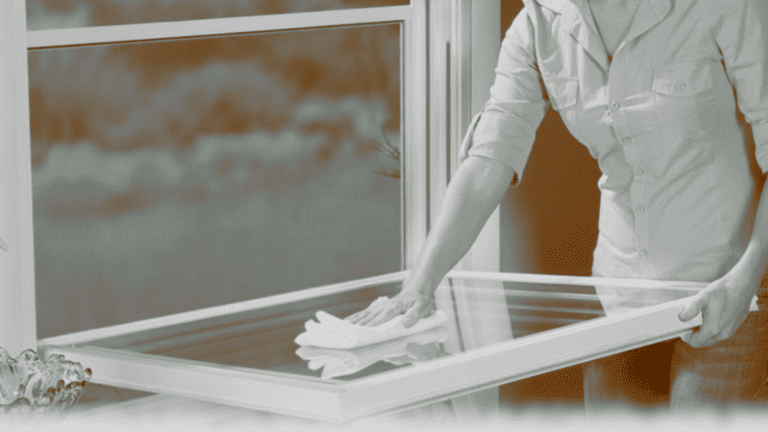
Consider installing windows in your home that are simple to clean on the inside and the outside when building a new home or performing significant renovation work.
Double hung is the easiest to clean in this case. When cleaning both window panes from inside the house, double-hung windows allow both panes to tilt inwards, raise, and lower. Slider windows are also simple to clean because they can both be opened, making it simple to reach through the opening and clean the outside of the window.
8. Use durable furniture materials outside of your home.
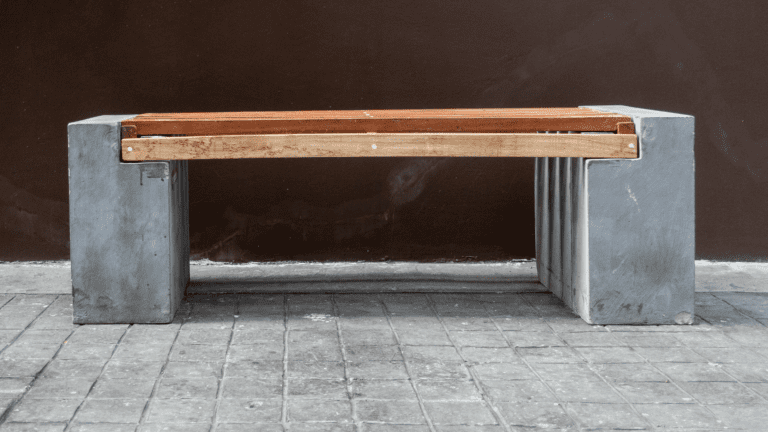
Long-term maintenance costs can be reduced by spending slightly more on high-quality fittings and surfaces. Stone and wood are examples of natural materials that withstand the ravages of time and, surprisingly, often improve with age. Furthermore, how materials are installed has a significant impact on how long they will last, so if you’re doing it yourself, hire a qualified professional or follow the instructions carefully.
Concrete is extremely durable and is quickly becoming a popular material choice for furniture such as tables and chairs. Concrete tables are an excellent choice for any season. They have a classic, timeless appearance and are extremely strong and long-lasting. Concrete can be used for a variety of purposes, including flooring, benchtops, outdoor furniture and raised planter boxes.
As a building material, wood has numerous advantages. Wood can be used as the primary component of outdoor furniture or combined with other building materials such as steel, stone, or concrete to create a highly decorative effect while also providing excellent strength. However, using wood for outdoor furniture has some drawbacks. It is susceptible to moisture damage and termites adore it, so it will almost certainly succumb to the damage caused by long-term exposure to the weather and the sun.
If you take care of your wooden furniture creations, they can often be resilient enough to last for a long time despite inherent weaknesses. If you are careful with your wood choices and take precautions to ensure its longevity, you may be surprised at how long wooden furniture in your garden will last.
9. Life is much easier with durable easy to clean flooring

Ensure that the flooring you select is resilient and durable enough to withstand repeated abuse from your family, pets, occasional tradies and friends.
Bamboo, engineered wood, laminate, and cork prefabricated floors have advanced significantly in recent years, providing increased durability and lovely style at an affordable price.
If you opt for floor tiles, consider getting the larger ones as they are simpler to maintain because there is less grouting to worry about.
Extremely durable and long-lasting Stone flooring is without a doubt one of the most durable building materials available. Stone floors are often considered to be a long-term investment and can be used both inside and out.
In fact, using the same stone flooring inside and outside the home creates an incredible seamless look that you will always get a lot of very nice comments about.
Ceramic tiles are strong and long-lasting, as well as simple to care for. They can withstand the weight of heavy objects for decades without breaking or cracking. Cleaning ceramic tiles is easy; a quick sweep with a broom, dust control mop, or vacuum cleaner removes dirt and other materials before they become entrenched in the tile or grout.
Stains and spills can be removed by mopping the floor using a mop and a bucket of hot water with a few drops of dish washing liquid. Remove dirt from the grout with white vinegar and a scrub brush designed specifically for grout cleaning; if you get stuck, an old toothbrush can help. Using a new bucket of hot water, mop up the soap residue from cleaning the grout.
10. If you must lay down carpet, select the most durable option.
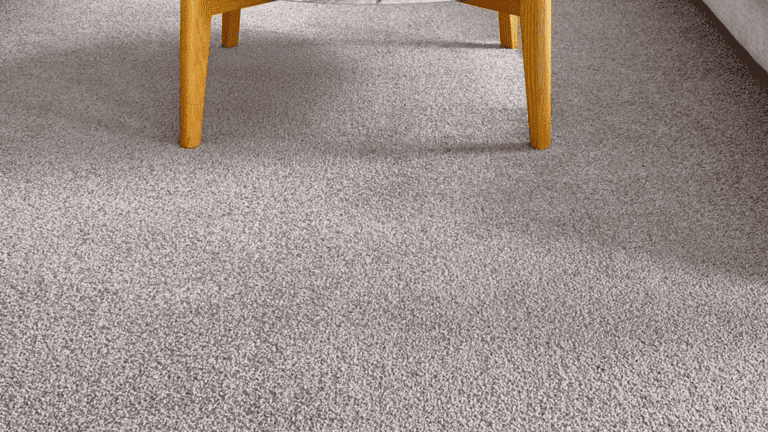
When your main goal is to reduce work inside the home, choose your carpet type and usage area with caution. If you decide you need carpet in a specific location, choose one that has been treated with stain protection.
Nylon is a very durable and stain-resistant carpet fibre that is a first choice for many high traffic areas. It is the preferred carpet fibre for homes with children, pets, and those who have a lot of visitors. Because of its durability, nylon carpet is ideal for stairwells.
11. Consult with the professionals about how you house is painted.

Painting all of your interior doors, walls, door trims, etc. the same colour is a good idea if you’re thinking about repainting your home or getting it ready to sell. This enables a smooth, contemporary, and relaxing aesthetic. In fact, I believe that if you take this route, you’ll love it. If you are seeking a new and interesting way to create a rich, interesting interior for your home, then give painting all of your interior spaces the one colour.
Make sure the appropriate preparation has been done and that the paint you choose is appropriate for that area of the house. White paint is a popular choice because it is neat and tidy, but in some settings, the cool, bright undertones can be uncomfortable and look too bright.
On the other hand, off-white provides your home with a soft, delicate feel.
If you’re looking for a neutral wall colour that radiates more warmth and more generally accepted than a basic white, then off-white paint colours are what you should be looking at.
Mould-resistant paint is required for damp areas, and finishes that can withstand continuous wiping are required for high-traffic areas. Solar and all-weather resistant specially designed exterior coatings are required for the exterior of your home.
12. Durable Kitchen Countertops with few or no seams.

Countertops with few or no seams combine functionality with contemporary design. Eliminating seams or grout lines keeps a design visually interesting while also reducing the number of areas where grime and grease can collect and grow bacteria. Continuous, smooth surfaces are more hygienic because they are much simpler to clean.
Granite is one of the most popular materials for kitchen countertops, especially where few or no seams is a priority. Granite is incredibly durable and long-lasting and can withstand impact and abrasive damage.
Granite is also heat resistant, making it an excellent choice for the kitchen and eliminating the risk of burning the countertop by inadvertently placing a hot pan on it.
13. De-clutter Your Wardrobe/Closet.

If you see it through, de-cluttering your closet can give you a great sense of accomplishment. Going through your clothes, shoes, and other forgotten belongings does more than just de-clutter your home. It can also clear your mind of any feelings (good, bad or sad) associated with these items.
We’ll often be tempted to start sorting out our closets at the top with everything on hangers. Don’t do this; starting at the bottom with the mess of shoes and random items you’ve accumulated over the years is actually the more efficient and easier way to go. Not only will you have created lots of space, but you’ll feel like you’re halfway through the job faster than you could have imagined.
Put a few removalist-style boxes in your room, tape up the bottom, and leave the top open so you can fill them with the clothes you’re letting go of. Now empty your closet of everything and stash them all in the one stop. Clean the shelves with a some vacuuming and wiping down.
Start sifting through your pile of clothes and remove items that are no longer necessary for you and stick them in the removalist boxes. Be brutal with this task as much as you can. Now tape up the top of these removalist boxes and donate them to a charity like Vinnies or Lifeline that supports those in need, and take pleasure in how good that makes you feel.
14. De-cluttering Your Kitchen

The kitchen is typically the busiest room in the house, and if you cook even only once a day, it tends to accumulate a lot of clutter. Because you spend so much time in the kitchen, it is likely that you have an overabundance of cookware, utensils, portable appliances, and other items. Kitchen cabinets, drawers, and countertops will all be cluttered. Reclaim your kitchen space so you can spend more time cooking and doing other things without the hassle and stress of cleaning.
Make sure everything has a home and is accessible by using products like a cookware rack and drawer dividers to organise cutlery and kitchenware.
Clear everything off the kitchen countertop except for four essential items: a (1) kettle, (2) coffee/tea making items, (3) toaster, and (4) air fryer. You decide which four, but try to keep the countertop as minimalist as possible. You can put everything you’ve cleared from this area wherever you want, but the first and most important step is to get it off the counter.
All of the items you removed from the counter should be stored somewhere where you can rationalise them before deciding where they should go. De-cluttering one area of your kitchen at a time will help you improve your kitchen organisation once you’ve put everything away and avoid a potentially bigger mess.
Pots, pans, and other cooking equipment ought to be kept nearby the stove. These items should be easily accessible and nearby where all the kitchen action takes place. If you don’t bake every day, keep your baking supplies stashed away in a cabinet or on a shelf. If you have a mixer on the counter, try to gather your baking ingredients close to where you use it.
Consider donating items to organisations such as Vinnies or Lifeline that you can’t remember the last time you used as you de-clutter your kitchen.
15. Reduce the amount of plastic containers in your home.
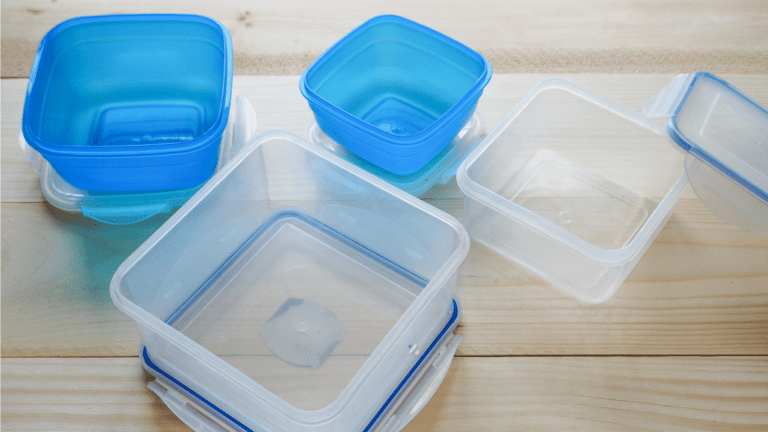
If you have enough plastic storage containers to open your own retail store, it’s time to rationalise what you’ve got. To begin, only keep containers where the lids and bottoms can be matched. If you still have an excess of plastic containers, please consider donating them to Vinnies or Lifeline.

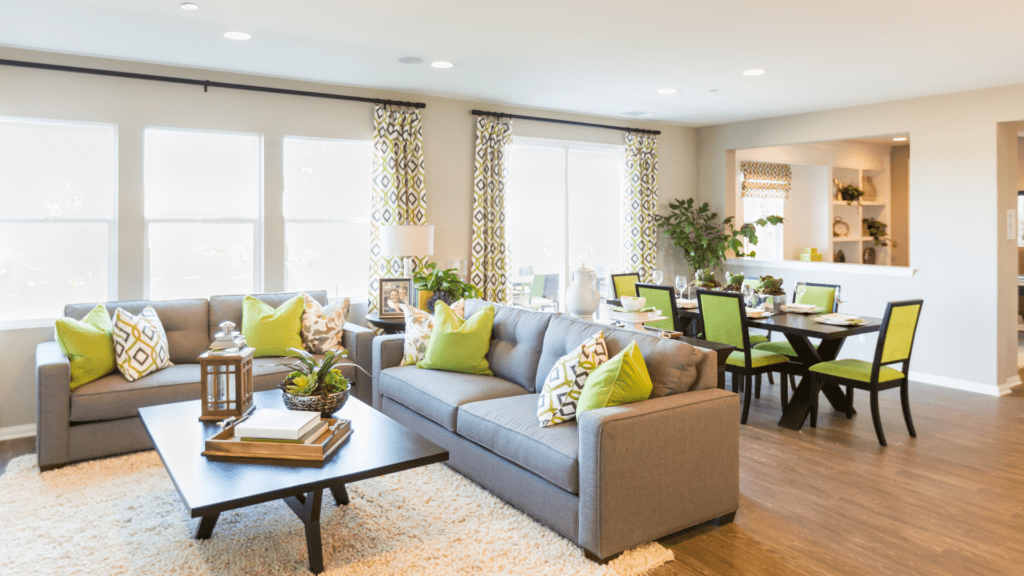




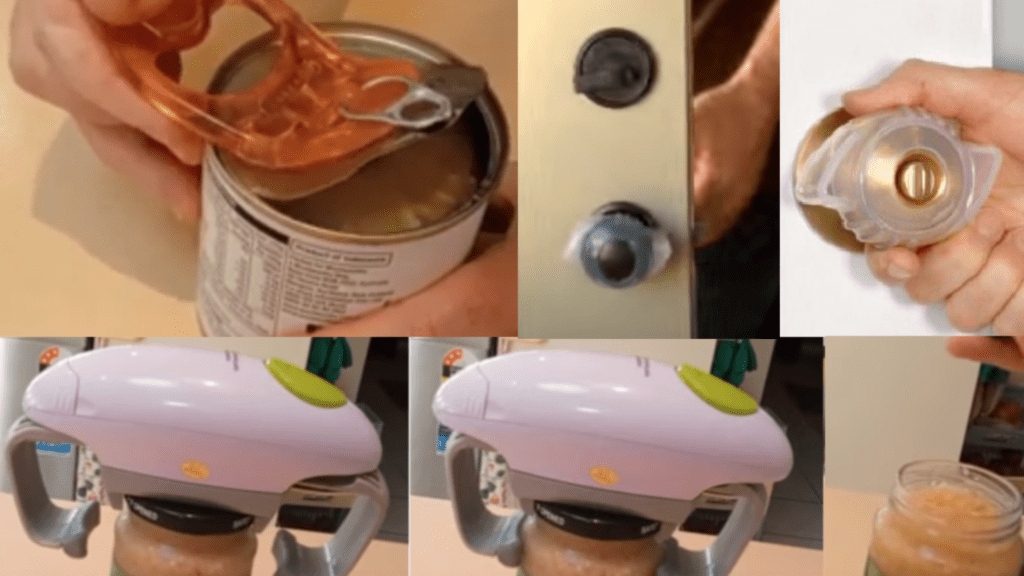

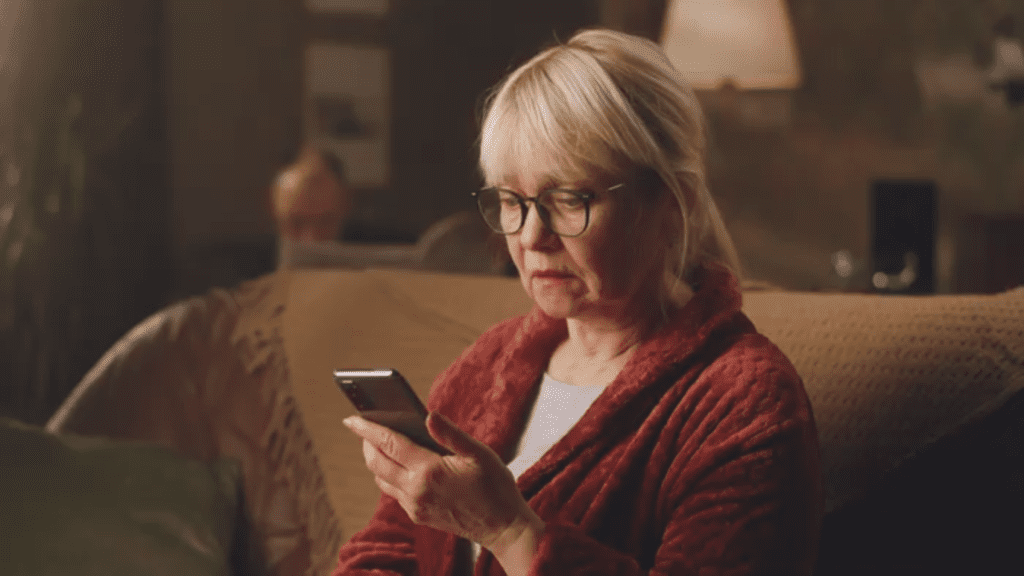
[…] Seniors Safe When Exercising Alone – Tips and Tricks. Top 15 Ways to De-clutter and Reduce Home Maintenance. Top 20 ideas to reduce electricity bills – Mintonna Reviews. Sit to Stand Assistance Devices – […]
[…] Post navigation ← Previous Post […]